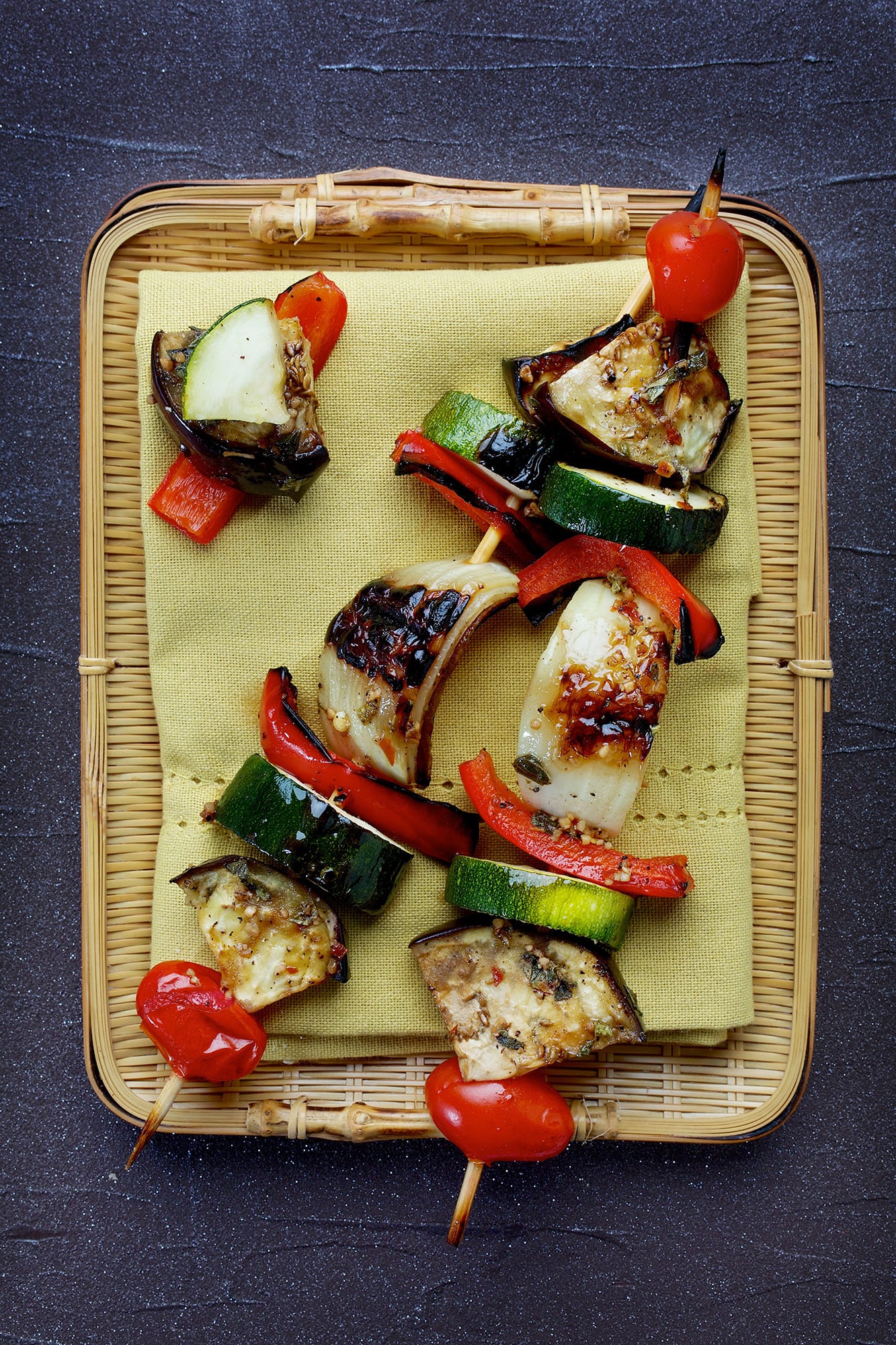If early summer is asparagus season and midsummer is peak for tomatoes, then late summer is prime time for food-on-a-stick. State fairs are in full bloom, and that is where skewered cuisine is at its ripest.
Cosmopolitan fairgoers nibbled caprese salad on a stick at the just-concluded Iowa State Fair. Exotica seekers can sample kangaroo on a stick at the ongoing New York State Fair. Barbecue lovers at the upcoming Kansas State Fair will devour “moink balls,” smoked and sauced bacon-wrapped meatballs. The Minnesota State Fair offers more than 75 varieties of stick food, including Key lime pie and something called Minnesota Music on a Stick, whatever that might be.
While state fair sticks are a fun diversion, for backyard cooks the most common form of impaled food remains the kebab.
And in my experience, people treat kebabs with benign neglect. They buy pre-cut meat, stick it on a metal or soaked wood skewer, put the whole shebang over a flame and a few minutes later, eat something that’s too often chewy and tough.



